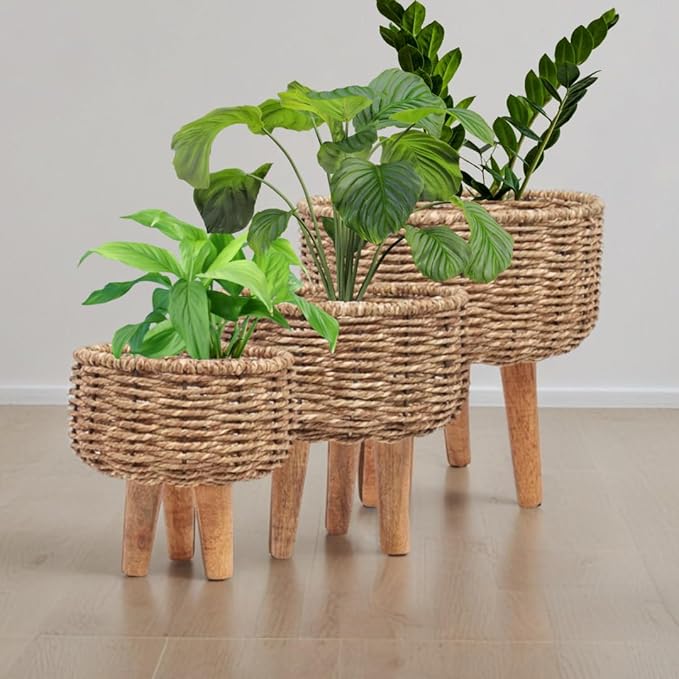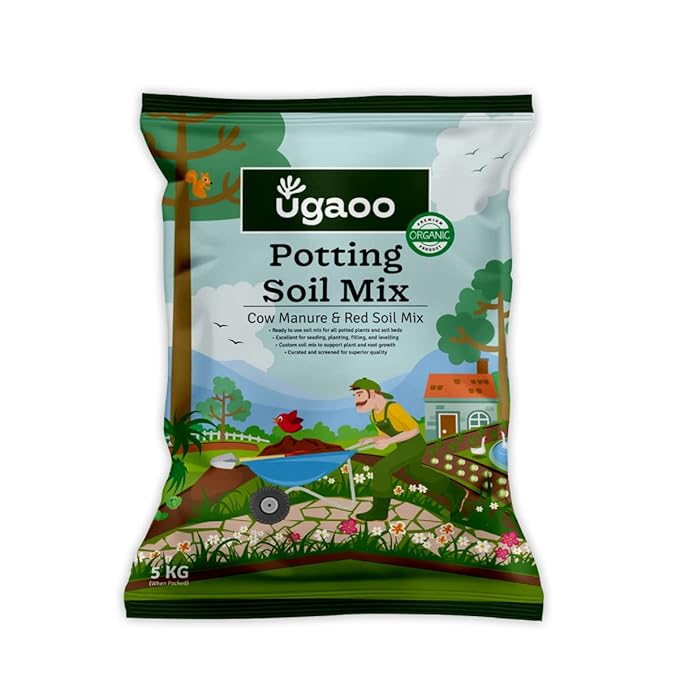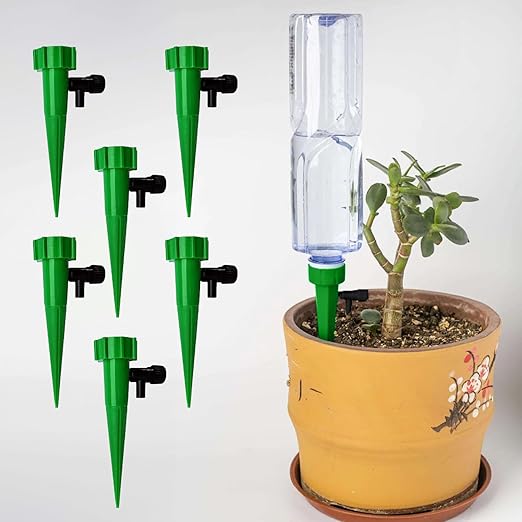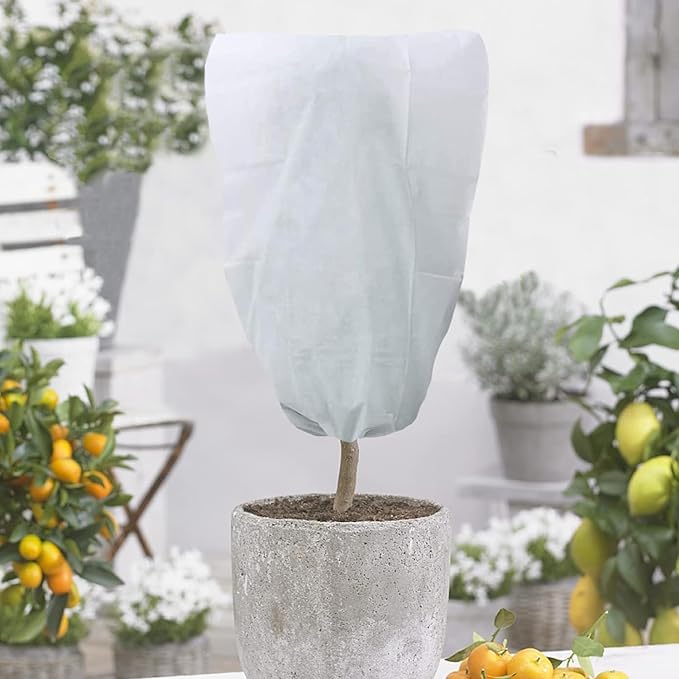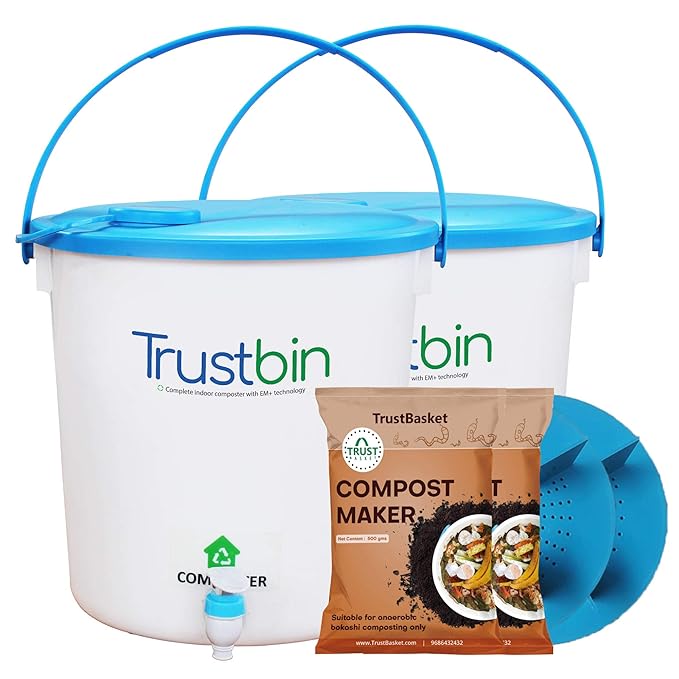Creating a terrace garden can transform your rooftop into a lush, relaxing haven. But what does it take to build and maintain a truly vibrant space? From choosing the right plants to understanding soil needs, this guide will cover all the terrace garden essentials, making the process both enjoyable and achievable. Let’s explore everything you need to create an amazing garden.
Table of Contents
Introduction
A terrace garden isn’t just a beautiful addition to your home; it’s also a great way to improve air quality, reduce heat, and create a peaceful retreat. However, starting one can feel overwhelming without the right information. This guide will walk you through each essential step, from planning to harvesting, so you can enjoy a successful terrace garden.
Planning Your Terrace Garden Setup
Before you start planting, take time to plan out your garden setup. This stage helps you assess your space, decide on plant types, and determine a layout.
Choosing the Right Space for Your Terrace Garden
Creating a Layout for Efficient Space Use
A well-thought-out layout helps you make the most of your garden space. Consider vertical gardening methods, such as hanging planters and wall mounts, which can create a multi-layered look while saving ground space. This layout also enables you to mix a variety of plants, from herbs to flowering species, in one cohesive setup.
Selecting Plants for Your Terrace Garden
Choosing the right plants is one of the most exciting parts of creating a garden. It’s essential to select plants that are compatible with your climate and will thrive in your rooftop conditions.
Best Plants for Sunny Terraces
Ideal Plants for Shaded Terrace Gardens
For terrace gardens with more shaded areas, plants like ferns, peace lilies, and philodendrons are excellent choices. These species do well with less sunlight and add lush greenery to your garden. If you’re in a tropical climate, choose plants that handle humidity well for a successful one.
Essential Soil and Fertilizer Tips for Your Terrace Garden
The right soil and nutrients are critical to your garden’s health. Without these essentials, plants struggle to grow and bloom, so it’s worth investing time in understanding the best soil and fertilizer practices.
Choosing Soil for Terrace Gardening
Lightweight and well-draining soil works best for a garden. The weight of soil is a consideration since rooftops have load-bearing limits. Combine garden soil with components like coco peat, compost, and perlite to improve drainage while keeping it lightweight.
Fertilizing Your Terrace Garden for Optimal Growth
Watering Techniques for Terrace Gardens
Watering is an essential aspect of a garden. Different plants have different water needs, so it’s important to understand each type to avoid under or over-watering.
Understanding Watering Frequency
The frequency of watering depends on plant types and the season. In summer, most garden plants need daily watering, while in winter, the frequency may decrease. Use drip irrigation systems or self-watering pots to simplify the process.
Efficient Drainage for Terrace Gardens
Proper drainage is critical in it to prevent root rot. Ensure that your pots have drainage holes and consider placing stones at the bottom for extra filtration. This way, you create an environment that keeps your plants healthy and happy.
Controlling Pests in Your Terrace Garden
Ever garden needs a pest control plan. Rooftop gardens are prone to various insects that can damage plants, so it’s essential to address pest management early on.
Natural Pest Control Solutions
For a healthy garden, avoid chemical pesticides whenever possible. Use natural solutions like neem oil, garlic spray, or soap water to deter pests without harming beneficial insects. These natural remedies are safe and effective ways to protect your plants.
Identifying Common Pests in Terrace Gardens
Some common garden pests include aphids, spider mites, and whiteflies. Inspect your plants often to spot any signs of pests. Early detection makes it easier to tackle pests before they spread across your garden.
Seasonal Care for Terrace Gardens
It requires special attention during different seasons. By adapting your care routine, you can ensure that your plants thrive year-round.

Preparing Your Terrace Garden for Winter
In colder climates, prepare your garden for winter by covering plants with frost blankets or moving them indoors. Insulate pots with bubble wrap to protect roots from extreme cold.
Summer Maintenance Tips for Terrace Gardens
In summer, a terrace garden faces the challenge of intense heat. Water your plants in the early morning to help them withstand the sun’s heat. Additionally, providing temporary shade with nets can protect plants from sunburn and dehydration.
Benefits of Having a Terrace Garden
A terrace garden brings a host of benefits, from improving your mental health to contributing to environmental conservation. Let’s explore the rewarding aspects of terrace gardening.
Environmental Impact of Terrace Gardens
Adding plants to your rooftop reduces air pollution and promotes biodiversity, especially in urban areas. Plants in your terrace garden absorb carbon dioxide, helping to create a healthier living environment.
Terrace Gardening for Personal Well-being
Having a terrace garden also benefits your mental and emotional well-being. The calming green space provides an escape from daily stress, while gardening itself offers a therapeutic and rewarding experience.
FAQ Section
What are the best plants for a terrace garden?
For sunny terraces, choose plants like tomatoes, peppers, and marigolds. Shaded terraces suit ferns, peace lilies, and philodendrons.
How often should I water my terrace garden?
Watering frequency depends on plant type and season. In summer, daily watering may be required, while winter watering is less frequent.
Can I use regular garden soil in my terrace garden?
Regular garden soil may be too heavy. Instead, mix lightweight soil with coco peat, compost, and perlite for better results.
How can I control pests in my terrace garden naturally?
Use neem oil, garlic spray, or soap water as natural pest control solutions to keep your terrace garden healthy.
How do I protect my terrace garden in winter?
In winter, use frost blankets and wrap pots with bubble wrap for insulation. Move sensitive plants indoors if needed.





